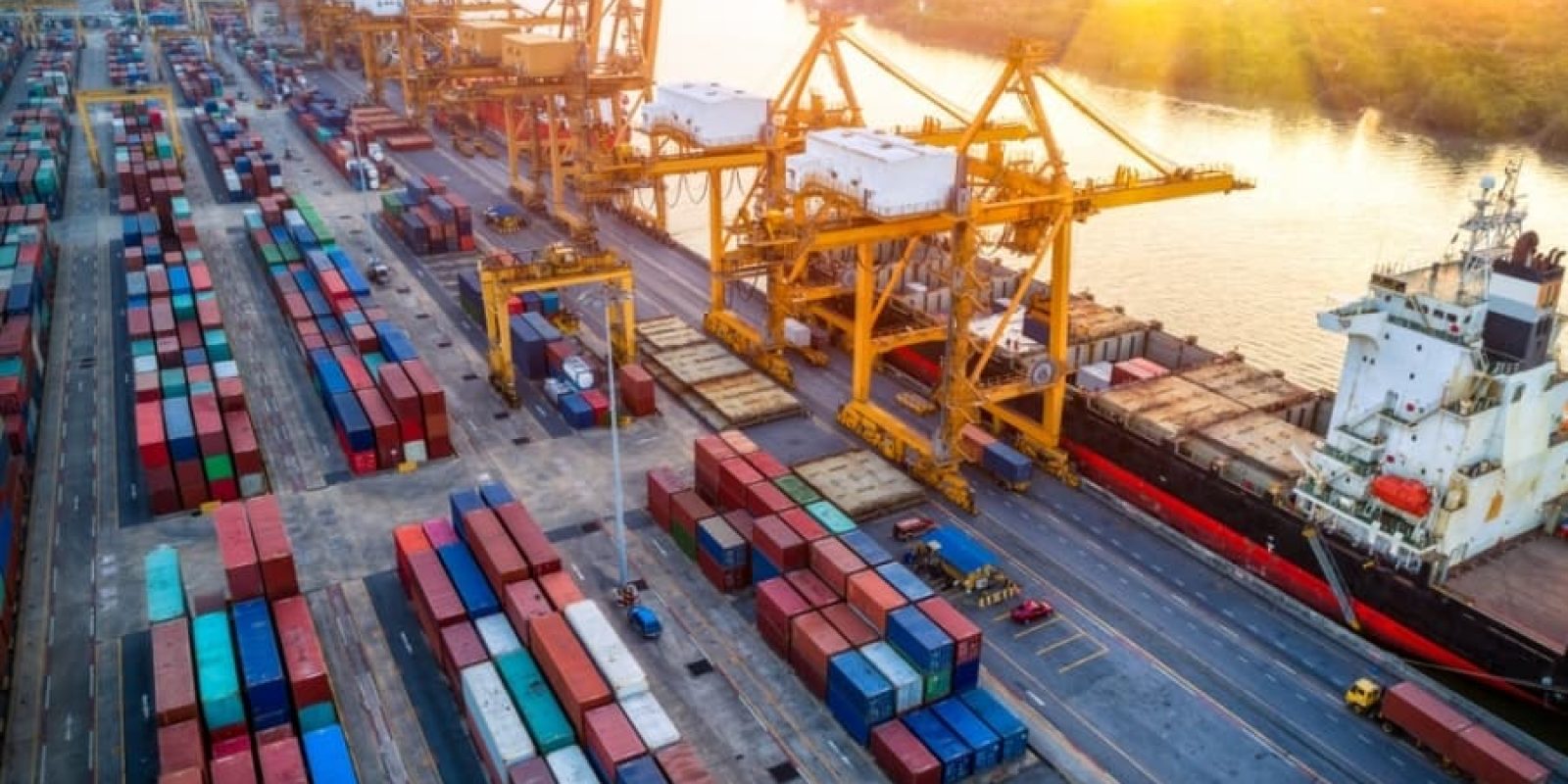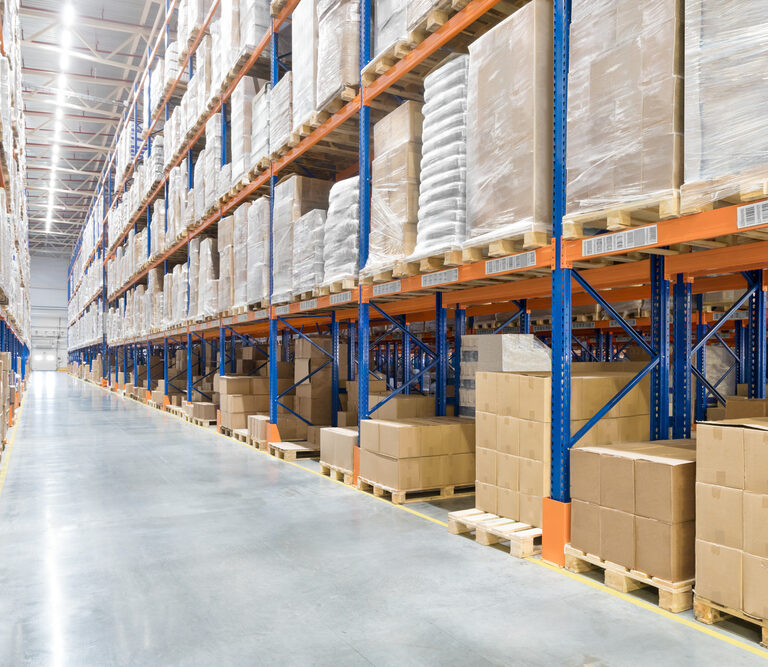Volume 2, Issue 4
As a follow up from What’s Happening in the Global Supply Chain? Part 1, Tom Stretar, Vice President, Technology at enVista, interviews Michael Sawyer, Director at enVista to discuss their viewpoints on current global supply chain issues. In this issue, we will review how to create competitive advantage with network optimization and how 3PLs can provide value to their customers. Here is a summary of our discussion in a Q&A format:
Tom Stretar: Given the benefits of network optimization, what two or three supply chain strategies can manufacturers, distributors and retailers implement that can lead to competitive advantage?”
Michael Sawyer:
- There are many benefits to completing a network optimization study. When you are partnered with the right 3PL, the results of these studies could be implemented in an expedited manner. Here are a few of the benefits:
- Reduction in Transit time to End Customers (Increased Service Levels)
- For eCommerece, you can reduce your overall transportation spend by ensuring you understand your center of gravity and locating closer to your customers
- Optimize and balance spend and service levels by adding or reducing nodes in optimal locations
- With wholesale, you can reduce drayage costs on customer pickup loads by locating closer to an optimal location closer to a port
- Puts in place a roadmap for anticipated growth and expansion
- A strong 3PL will have the flexibility to quickly implement necessary changes and adapt over time as your optimized network shifts.
Tom Stretar: Given the benefits of network optimization, what two or three supply chain strategies can manufacturers, distributors and retailers implement that can lead to competitive advantage?
Michael Sawyer:
- Transloading for major wholesale accounts
- Many 3PLs are offering this service close to the port to fully bypass the distribution network and deliver straight to the end customer to reduce touches and lower costs.
- Alignment of inventory to demand to ensure the highest service levels and lowest spend
- Ensure that the right inventory is at the right place, at the right time, to ensure customer availability to the end customer.
- Multiple nodes with distributed order management
- 3PLs offer quick access to scale up and scale down multiple nodes along with the systems for quick implementation within the same network allowing for flexibility.
Tom Stretar: Finally, 3PLs continue to differentiate themselves as companies scale back their supply chain execution organizations and focus on their core strengths of manufacturing or retailing. What would you say are the key benefits a 3PL can provide as part of their supply chain offerings versus having that capability in-house?
Michael Sawyer:
The right 3PL provider will offer the following:
- Large amount of flexibility within their network to meet changing needs
- Wholesale – Closer to the port; reduced costs for customer pickup scenarios
- eCommerce – Multiple nodes to support quicker delivery
- Quickly setup a network and provides overall flexibility when sites need to be added or reduced
- Amortize the cost of capital over time to reduce upfront costs and maintain overall flexibility within the network
- Quick access to automation and autonomous mobile robot solutions (AMRs) if there are overall labor benefits and it fits your order profile
- Systems without the significant upfront cost of implementation including WMS, OMS, and WMS which is especially beneficial for small companies
- Familiarity with most retailers allowing for quick onboarding when adding additional retailers with fewer growing pains (i.e. less chargebacks)
- Pre-build facilities fully equipped with needed MHE and technology to quickly go live in new facilities (as quick as 8-12 weeks); certain 3PLs will provide, given the lead time of MHE
- Labor flexibility between buildings (3PLs that utilize a campus model provide); this is especially true when 3PLs align customers within campuses for complimentary peak seasons
- Potential access to better transportation rates in both the freight and parcel space for smaller companies
- Opportunity to quickly add capacity within a single building or campus when is needed with minimal setup
Tom’s Take – Thanks to enVista’s 3PL expert, Michael Sawyer, for sharing his excellent insights on network optimization and how 3PL’s can provide competitive advantage over companies performing their own supply chain execution departments, which may not be the company’s core competency.
Learn how enVista can help address key supply chain challenges, such as labor, inventory and growth. Let’s have a conversation.®






